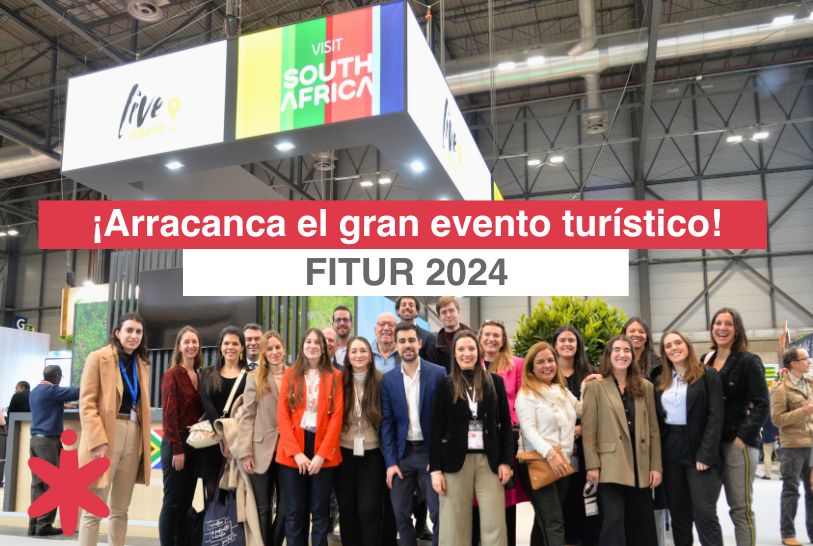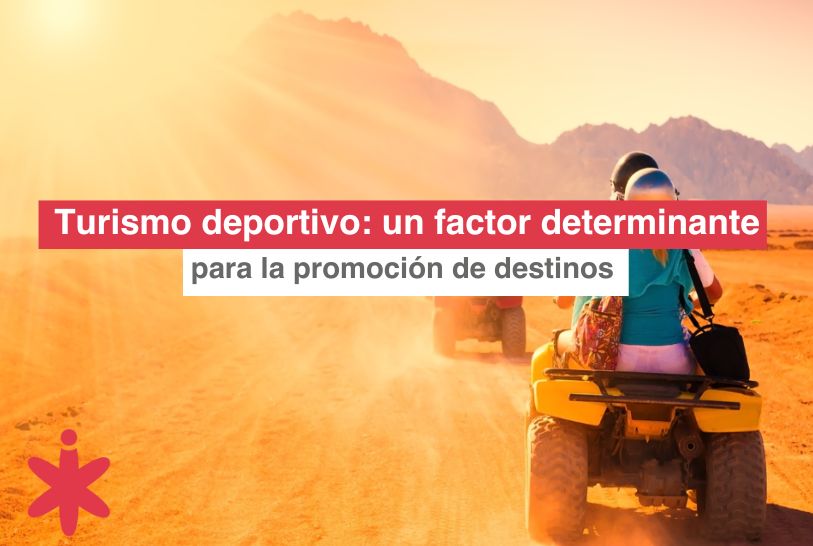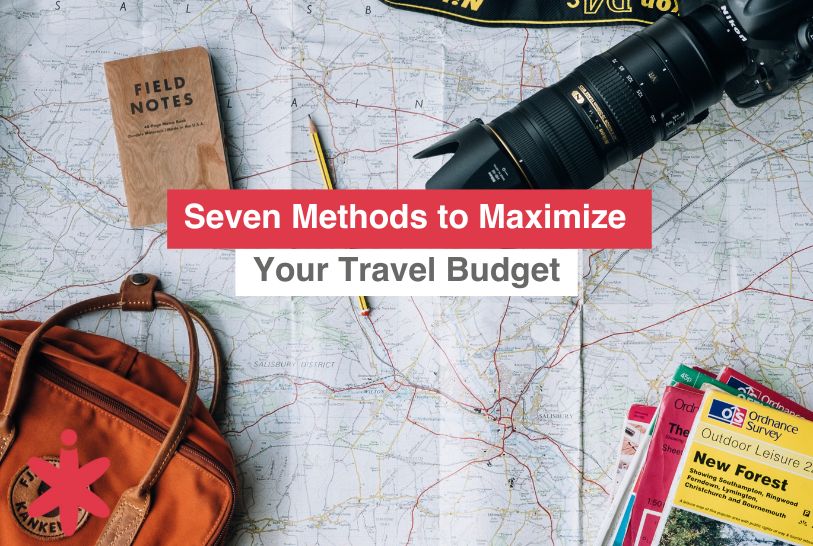Evolution of MICE tourism in Spain
Evolution of MICE tourism in Spain

The influence of fuel prices on travel in 2022
09/05/2022
Active tourism grows by 18% in the last year
17/05/2022Evolution of MICE tourism in Spain

As the tourism industry continues to expand and reach new heights, we can’t forget about one of the most prominent sectors within the industry, the MICE sector.
Convention and Incentive Tourism has experienced worldwide growth which is why we need to ensure that destinations and markets keep this sector in mind when preparing their marketing strategies.
MICE tourism is composed of four niche areas:
- Meetings
- Incentive travel
- Conferences
- Exhibitions
In fact, the translation of these four niche areas in English make up the acronym MICE. As can be seen by the areas, this tourism is directed towards business travel. This can be companies planning on travelling to a region with the aim of completing a business meeting, training sessions and seminars, Team building trips, Familiarisation trips, conferences, and networking events as well as expositions such as trade shows.
Why is MICE tourism important?
This segment of tourism can be very beneficial to a destination’s economy as it provides a wide range of opportunities for individual companies and organisations who want to attract customers and clients on an international level. MICE tourism attracts high-spending tourists who are willing to pay extra to ensure that their desires and needs are met. Another bonus is that in recent studies it has been noted that more MICE tourists are adding leisure activities to their itineraries, turning their trip into a business and leisure trip, better known as ‘bleisure’ which offers the tour operators in the destination, the possibility to develop tourism experiences for this market.
A great aspect of MICE tourism that is not very commonly found within other tourism segments, is that it attracts travellers throughout the year and not only during peak-season, in fact it is more common that these trips are planned during the off-peak season to ensure that more participants are able to attend. It also attracts high profile and/or well-marketed international, regional, and local events which can enhance the destination’s reputation as recognisable and reputable. Furthermore, depending on the event, it is possible the facilities and amenities in the destination can be improved in order to attract certain events and opportunities.
According to a report by Allied Market Research, the global MICE industry was pegged at more than 725 billion Euros in 2017 and is estimated to reach 1.205,05 billion Euros by 2028, growing at a CAGR of 21.3% from 2021 to 2028 (Source: Allied Market Research). Furthermore, after nearly three years of the COVID-19 pandemic, the tourism sector is starting to see the re-activation and recovery of the industry with thanks to the celebration of events and congresses.

MICE Tourism in Spain
According to the World Travel and Tourism Council (WTTC) Spain is set to be one of the most popular destinations for European travellers, with intra-European arrivals to Spain during the first quarter of 2022 currently up by 320% (YOY), one of the influencing factors of this increase being the international tourism fair, FITUR (Source: WTTC). In 2021, Madrid won the title of Europe’s best MICE Destination 2021 for the fourth year in a row and later went on to be named the World’s Leading Meetings & Conference Destination 2021 beating top destinations such as Dubai, Las Vegas, Paris, Singapore, Copenhagen and London.
These awards acknowledge the efforts and commitment of Madrid City Council and of the companies and institutions that encompass the city’s tourism sector, in view of their resilience to keep this segment of the tourism sector going strong while maintaining the very highest quality and safety standards.
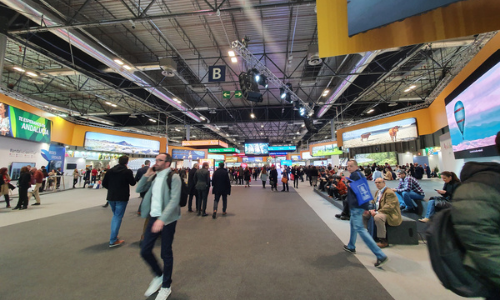
The recovery of MICE Tourism
While the majority of the world is seeing an improvement in circumstances after the past few years of challenges, we can only expect the same for the MICE industry. According to a report by Spain Convention Bureau and Braintrust (2022) this industry could reach 100% of its pre-pandemic activity by 2024, in 2019 the MICE industry in Spain reached 12,314 million euros but in 2020 it experienced a drop of 75% in 2020 but by 2021 it was slowly seeing in increase with a recorded economic impact of 5,079 million euros and the report mentions that in the second quarter of 2022 we will already be able to see a significant increase in the activity.
The biggest growth is said to be noticed in the pharmaceutical and food industries according to the Associated Spanish Event Agencies (AEVEA). Although incentive travel has been experiencing a slower recovery due to travel restrictions or bureaucracy the same cannot be said for MICE, for one the pharmaceutical sector is that which has been experiencing the most growth in this industry and is closely followed by Food and Beverages.
As mentioned previously, tourist reservations in Spain have grown by 320% in the first quarter of 2022 mainly thanks to the celebration of fairs and events. Many businesses need to celebrate these events as they are vital for many companies in order to carry out projects, seek investors or consolidate their image. Which leads to an increase in inbound tourism to the MICE destination and resulting in this industry being a key player to the revival of tourism.
Although online meetings and hybrid events were vital to keep the presence of conferences and conventions running over the last few years, we can’t take away the importance of in-person MICE events, especially for the tourism industry. In this article we have seen how these events positively influence communities and destinations showing us that it is a sector that we cannot forget about, but rather we should be working towards improving it.
Tatiana Freitas
Marketing Team
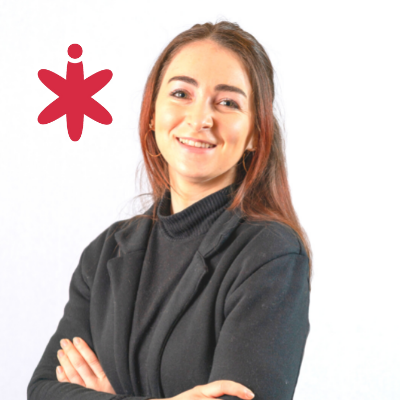

 All the news
All the news  Back to newsroom
Back to newsroom